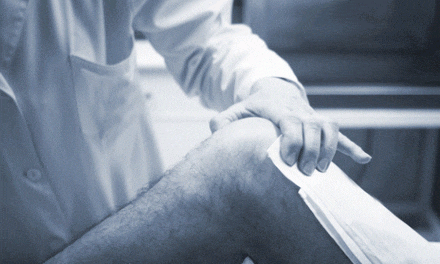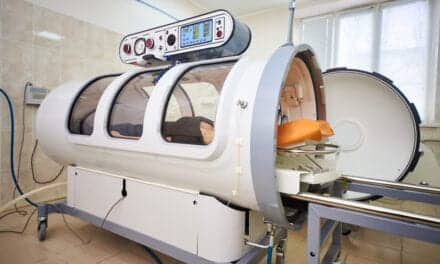Among adolescents with symptoms following a concussion, starting physical therapy earlier—within less than 3 weeks after the injury—may have outcomes similar to those who start physical therapy later, a study suggests.
The study was published recently in The Journal of Neurologic Physical Therapy (JNPT), published in the Lippincott portfolio by Wolters Kluwer.
“Multimodal PT interventions administered by licensed physical therapists may be feasible and safe even within the first few weeks after injury to help facilitate prompt recovery and mitigate the onset of secondary effects from delayed treatment,” write Catherine Quatman-Yates, DPT, PhD, of The Ohio State University, Columbus, and colleagues.
The study is part of a JNPT special issue on “Rehabilitation Management of Concussion,” highlighting research-driven changes geared toward promoting return to activity in young patients with concussion, according to a media release from Wolters Kluwer.
In the study, Quatman-Yates and her research team looked how the timing of PT affected the course of concussion-related symptoms in 120 adolescents: 78 females and 42 males, median age 14 years. Physical therapy was classified as early (beginning 0 to 20 days after concussion) in 27.5% of patients, middle (21 to 41 days) in 32.5%, and late (42 days or after) in 40%.
The PT program consisted of progressive exercise; vestibular/oculomotor training (targeting inner ear/balance and visual symptoms); and cervical spine manual therapy, stretching, and strengthening exercises. This multimodal treatment was delivered by licensed physical therapists with special training in concussion treatment.
Whether started earlier or later, PT led to similar reductions in concussion-related symptoms. The number of sessions and duration of PT care were similar across groups. There was a low rate of adverse events, most of which were unrelated to PT.
Symptoms worsened in a few patients, more commonly in the late PT group. Some of these patients may have had concussion-related impairments not directly addressed by PT, such as anxiety, depression, or sleep problems, the release explains.
Recent research has led to new insights into medical management of concussion in children and adolescents. Past guidelines recommended complete physical and cognitive (mental) rest after concussion, until symptoms resolved. But recent studies have suggested that resting for more than a day or two has limited benefits, and may even be linked to increased concussive symptoms.
Concussion management is shifting toward a shorter period of rest, followed by gradual return to usual activities, guided by the patient’s symptoms. Physical therapy has been recommended for adolescents with persistent symptoms of concussion, generally after 3 weeks.
The new study provides evidence that starting PT earlier is a safe and feasible approach for adolescents after concussion, with improved symptoms regardless of the timing of the intervention, the release continues.
“Introducing PT earlier in the recovery process may be beneficial in minimizing the potential burden of longer recovery trajectories,” Quatman-Yates and coauthors write.
The researchers conclude by emphasizing the need for further research to determine the PT’s role in the “optimal plan of care” for young patients with concussion.
[Source(s): Wolters Kluwer, EurekAlert]





